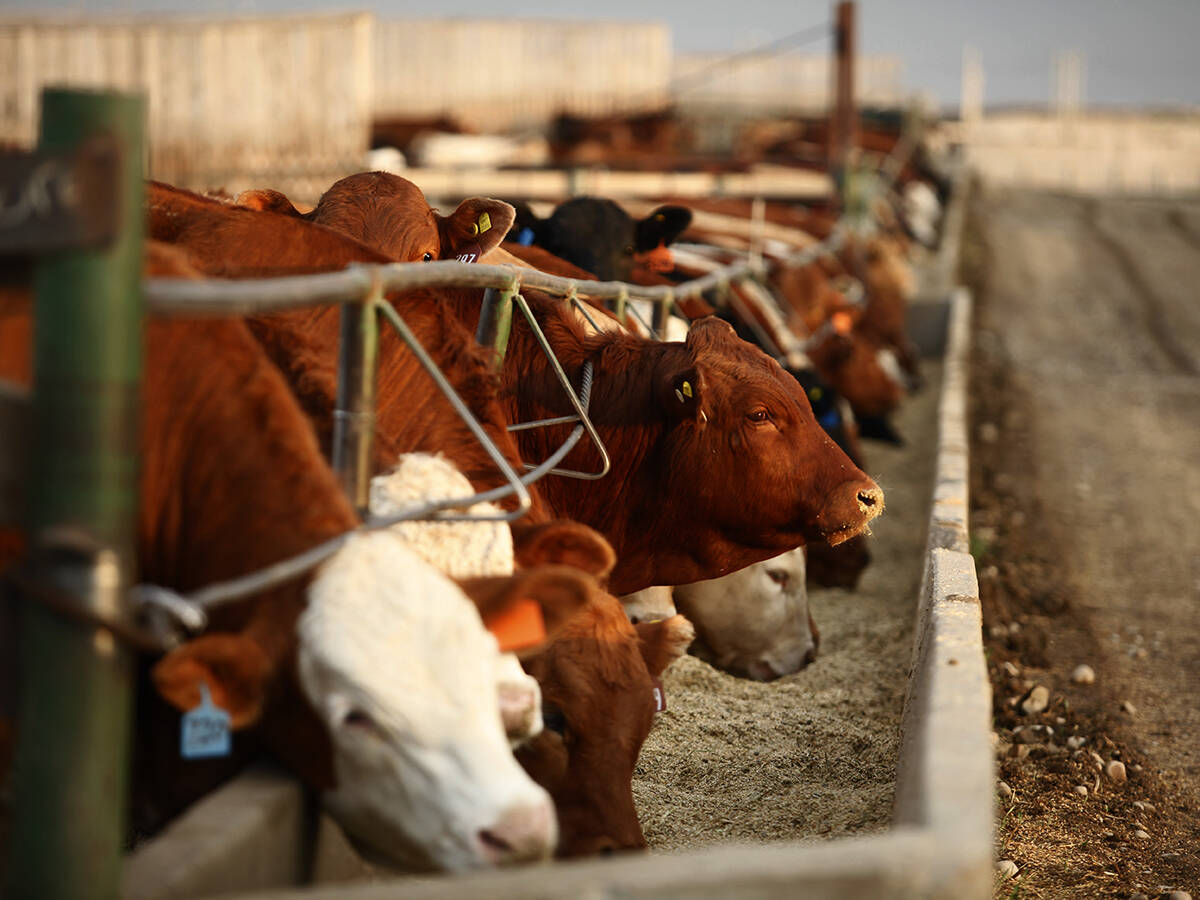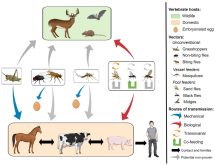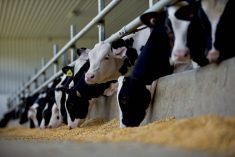The federal investigation into an outbreak of bovine tuberculosis affecting four animals in a domestic British Columbia cattle herd has pulled back to include just seven properties.
As of Monday, the Canadian Food Inspection Agency’s probe included one herd each in B.C. and Saskatchewan and four herds in Alberta under movement controls, along with the infected herd in B.C.
Twenty-seven other herds put under movement controls since the start of the investigation in November, including 15 herds in Alberta and 12 in B.C., have since been released.
Read Also

U.S. livestock: Cattle extend gains on improving cash prices, packer demand
Reuters — Chicago Mercantile Exchange live cattle futures set a three-week high and feeder cattle hit their highest level in…
Trace-out work is “progressing as expected,” the agency said Monday.
Movement controls now cover about 4,000 animals in total, but CFIA reiterated those numbers will “fluctuate” as the investigation continues.
The investigation started after lab tests on Nov. 9 confirmed bovine TB in an animal traced to a farm in B.C.’s southern Interior.
No part of the cow entered the food chain, CFIA noted at the time. It was presented in October for slaughter at a federally-registered packing plant but its carcass was condemned after a post-mortem exam found lesions in the lymph nodes, lungs and liver.
Culture testing of tissue samples collected from the four infected animals has been completed, showing all four were infected with the same strain of bovine TB.
CFIA previously noted the strain of bovine TB in this case is “distinct from any cases previously detected in Canadian wildlife or domestic livestock.” That includes past cases of bovine TB in Alberta or British Columbia or anywhere else in Canada.
The U.S. Department of Agriculture has also confirmed the strain in this case “has not been previously identified by its laboratory service.”
Tracing movements of animals into and out of the infected herd during the past five years is still ongoing, CFIA said. “These efforts are in place to identify and eliminate the source of the disease and to prevent any potential spread of the disease.” — Glacier FarmMedia Network














